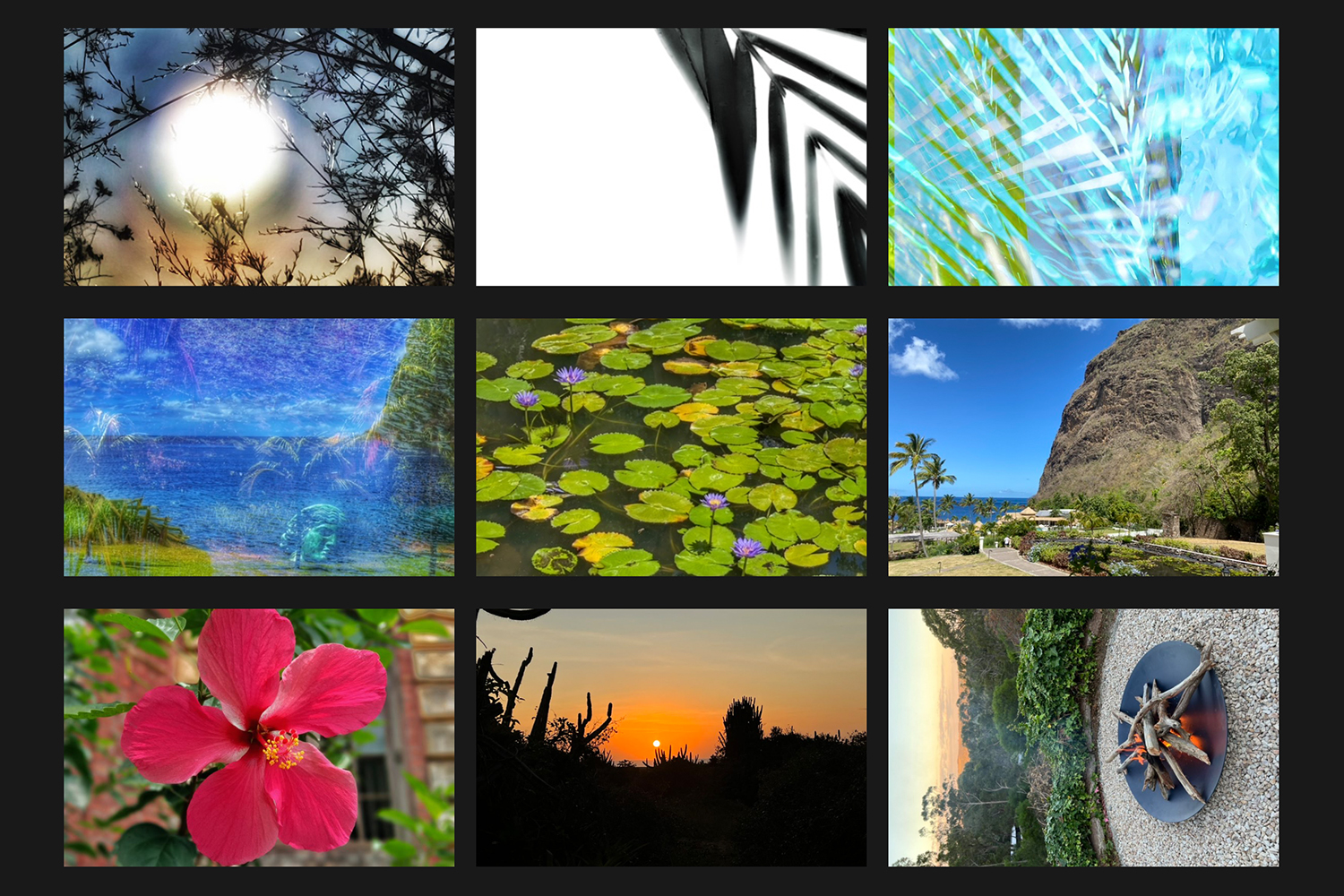If a tree falls in a forest and an influencer wasn’t around to take a selfie in front of it, did it really fall at all…?
Whether it’s your aunt posting her holiday snaps on Facebook, your best mate humblebragging about their luxury Glasto tent on Instagram, or your son recording reels on TikTok, social media as experiential currency isn’t going anywhere.
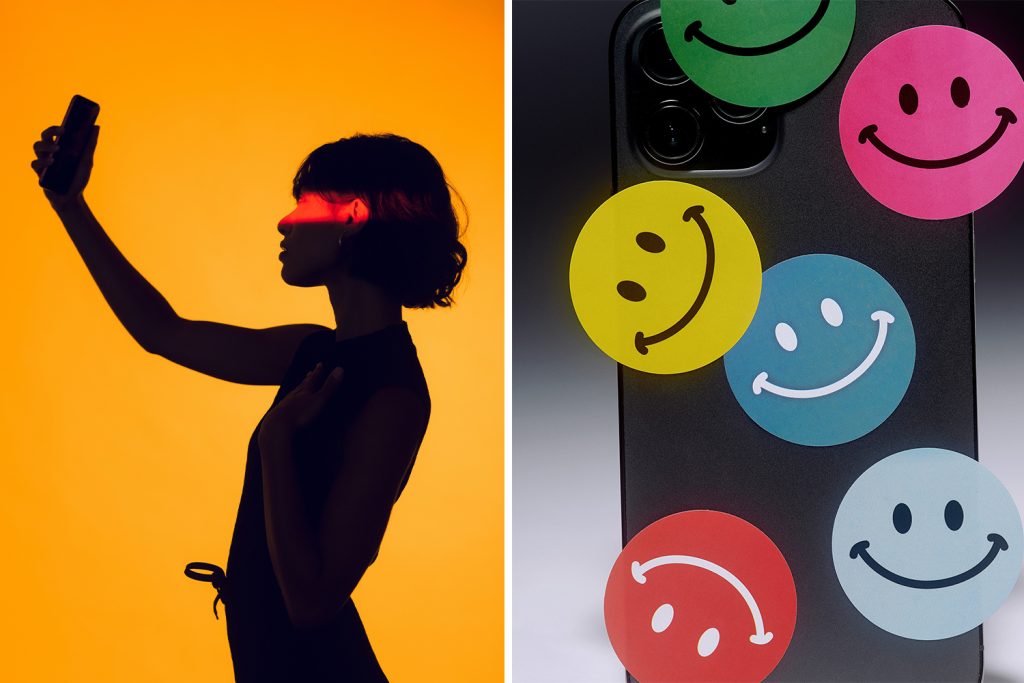
Social media sites have helped to make experiences more important than material goods because they:
- Deliver all-important status and significance that can be shared with your peer group
- Play a role in the “rarity principle” – that the bigger the difference between the number of people who know about something and the number of people who have it, the rarer and more valuable we think it is
- Support research that says we’d rather hear people talk about the things they did than the things they have
For experience creators, photos shared on social media are also an essential marketing tool that supports the spreading of the stories we’re trying to tell.
So far, so good – but unfortunately, it’s not all as rosy as the filters might have you think.
Taking photos during an experience can take us out of flow. Bragging rights and conspicuous consumption can alter our enjoyment of an experience. And it’s no secret that the relentless onslaught of perfection on social media can be really bad for our wellbeing, particularly for teenage girls.
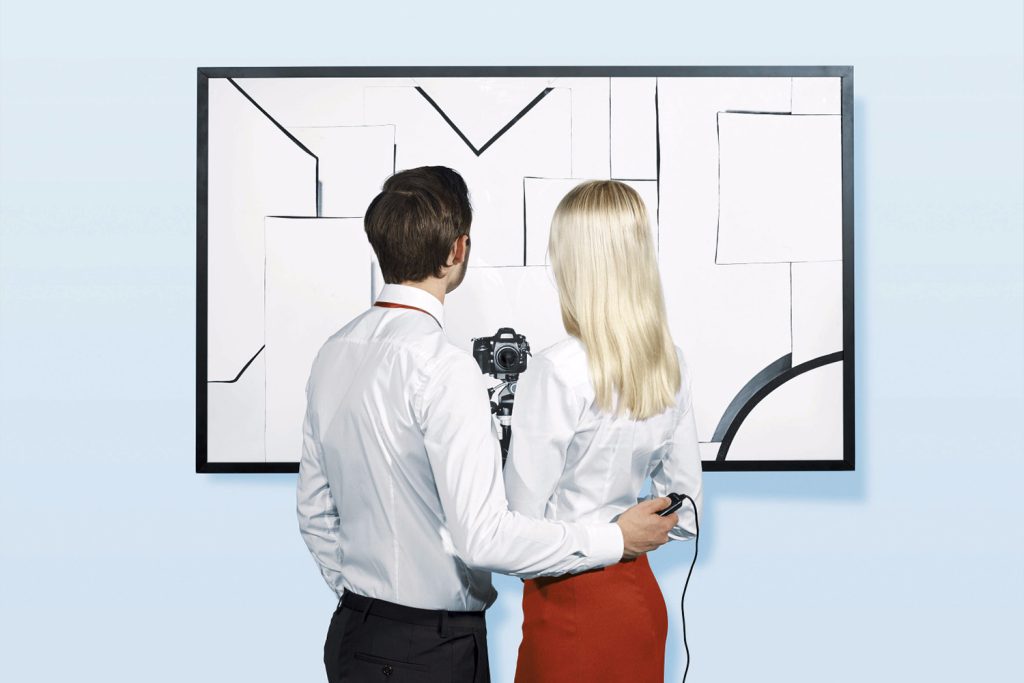
The beast is here to stay. But as experience designers, how might we harness the power of social media photography for good rather than evil – and maybe even use it to make people happier, not sadder?
Psychologist Mandy Seligman may have the answer.
An expert in positive psychology who studied with its founder, Martin Seligman, she’s started a fascinating new project called Seeing Happy: a non-profit seeking to answer the question of how we can disseminate the principles of positive psychology through photography.
The science-packed site was born out of the pandemic and already has over 1,000 subscribers and 4,000 “happy” photographs from around the world, as well as a weekly newsletter about new learnings from positive psychology and a working curriculum on Happiness and Photography that’s currently being developed with the University of Pennsylvania.
To kick off Season 4 of the WXO Campfires, we invited Seligman to share some of the ideas behind Seeing Happy to see if we might be able to adopt them in our own experiences – and in so doing, nudge people towards taking photographs that truly improve their wellbeing.
Learned Optimism, Mastery And Choosing To Act
In Martin Seligman’s early work on “learned helplessness”, he established that if animals learn that negative outcomes are independent of their actions, they stop trying to avoid them. Wanting to research why some people don’t get depressed in the face of adversity, he later coined the concept of “learned optimism”: how optimism can enhance your quality of life and is a skill that can be learned by anyone.
“Helplessness is the default: when things go badly, we want to retreat and hibernate. But what needs to be learned is mastery.”
Mandy Seligman
Mandy Seligman believes that understanding the window of opportunity and what we can control is crucial for our mental health, parenting skills, and anyone at any time of their life. You can choose to stay under the covers, or you can choose to get up and do something. When you choose the latter, that’s where the hope that things can get better begins.
The Power Of Primals
Jer Clifton, a senior research scientist at the University of Pennsylvania’s Positive Psychology Center, puts forward the idea of “primals”: basic beliefs about the world.
“The most important primal world belief is that the world’s a good place and its three dimensions: Safe, Enticing, and Alive.”
Jer Clifton
If you teach your kids this, they do better in life. As the social psychologist Jonathan Haidt argued in his work about elevation, when we see good things, it elevates us.
(For more on the power of looking for positives, see Campfire 53: The Startling Ways That Expectations Shape Experience and David Robson’s explanation of how actively seeking out happy faces around us can improve our mood and kick off a positive cycle.)
When life is going well, we don’t need optimism or positivity. But when things are going bad, that’s when we really need to see something that elevates us and entices us back into the world. We have a choice to enter a room with a smile rather than a frown, in order to nudge the needle and start an upward spiral. And let’s not forget that, as Mat Duerden says, in order for transformation to occur, you need to go through a period of discomfort and challenge first, similar to the conditions for flow.
Snap Happy, Share Happy, See Happy

When the pandemic hit, life stopped for all of us. For Seligman – suddenly at home with five kids – she coped by going out and taking photos of things that made her feel happy and grateful, or that she thought were beautiful. Over time, she realised that she was channelling positive psychology – and that lots of other people were doing similar things.
Within a few weeks, Seeing Happy was born. The site asks people to submit photographs of things that make them happy and displays the results in a “happy feed” – a grid that is strikingly dominated by unfiltered shots of people, animals and nature, as opposed to the tightly curated aesthetic of an Instagram feed.
People have to write an accompanying description of what they were feeling when they took the photo, as well as what they think is important about it. They can categorise their shot into six collections: beauty, connections, happy, gratitude, hope and humour. And they can also keep a photo journal that acts as a photographic gratitude journal.
“We want to show, not tell. The sharing element is also very important, so you can see what makes other people happy.”
Mandy Seligman
The results have been humbling, from a picture of a young woman in a shelter in Ukraine to children in a Moscow orphanage who have prosthetic limbs sharing what makes them happy. And perhaps unsurprisingly, the majority of the time the answer is other people.
“Can we hone in on connections and reframe stories in our lives? Can we change the way people see the world?”
Mandy Seligman
A Photo Is A Trigger, Not An End Point
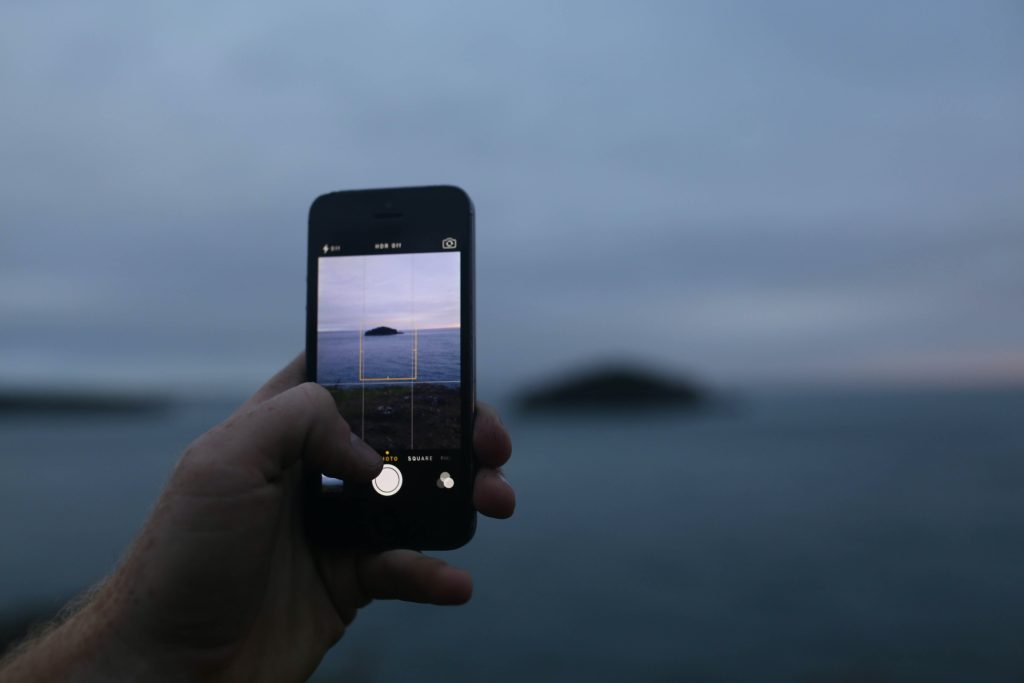
We then turned the conversation over to our Campfire to see how Seligman’s work with Seeing Happy might be utilised in how we design our experiences. In the words of Peter Monbailleu:
“How can we let people build memories, rather than just create photo opportunities?”
Peter Monbailleu
With a photo, it isn’t the objective conditions of the shot that we infer meaning from – it’s in the story that we tell ourselves about it, which depends on our own context and experience. Neuroscience tells us that story is generated from the cognitive thinking brain, but photographic images can resonate cognitively or emotionally.
“What I love about what Mandy is doing is that you’re not putting story to the images. You’re letting them resonate at the emotional and autonomic level. Don’t connect photos with a narrative storyline, because then you take them up to a cognitive level where people think about them instead of relating to them.”
Doug Steel
Experience + reaction = objective. We can’t force meaning upon people, but we can try and create the conditions that will allow them to make it for themselves.
(Watch out for our upcoming Campfire by attractions designer Michael Badelt for more on how to create “Trojan Horse” experiences that deliver surprise outcomes.)
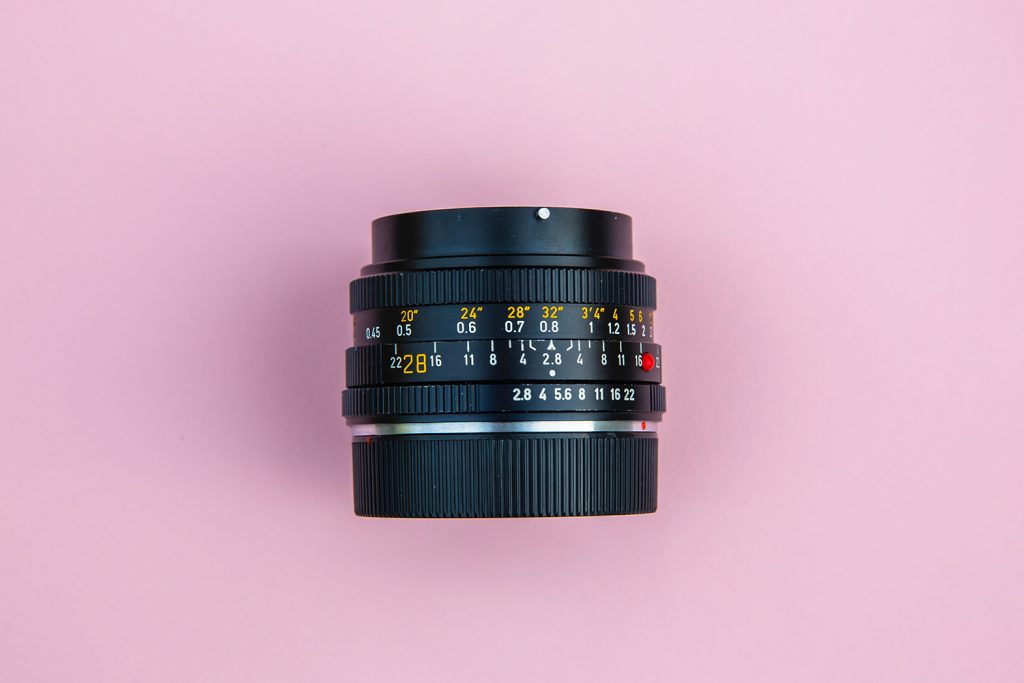
When labelling an image as “happy”, we should therefore understand that it might not be happy for everyone. An image of a beautiful, smiling woman might look happy to you – but to someone else, it might remind them of their ex-partner and make them sad. This isn’t necessarily a bad thing, as it provides space for conversation, reflection and empathy.
“An experience is not the end product: it’s a trigger that leads to another experience. It can show us an opposite side, or something that we haven’t thought of before, or a different emotion.”
Mike Gunawan
And as Wim Strjibosch said in Campfire 25: Beyond The Peak-End Rule, “The more emotions you experience, the more likely that experience is to be remembered”.
When we take a photo or create an experience, we’re actually creating a stimulus – but we don’t have control over what happens afterwards. The work of behavioural psychologists is to have a proximate goal and work out how they can use it to nudge people towards an ultimate goal. (For more on this, check out Rory Sutherland’s talk in Campfires 48 & 49: Who Wants To Be An Experience Alchemist?)
Lou Murray has previously worked in broadcast at Disneyworld, and is a firm believer that you have to allow guests to take the experience wherever it is that they want to take it – even if it’s somewhere you never intended.
“You don’t own the memories that people create. As a creator, you inspired people to do something.”
Lou Murray
Murray talked about the “aspire, inspire, emote” programme used within Creative Entertainment at Disney. People already aspire to come there – so if you can inspire them and get them to emote, they’ll come back as much as they can. She also referenced a photo passes service she established, where professional photographers would take photos for visitors around the parks.
“The photographers took photos with their smartphones and iPads as well as professional equipment. This legitimised their photos and permitted everybody to participate in the moment.”
Lou Murray
More Perspectives Make You More Perceptive
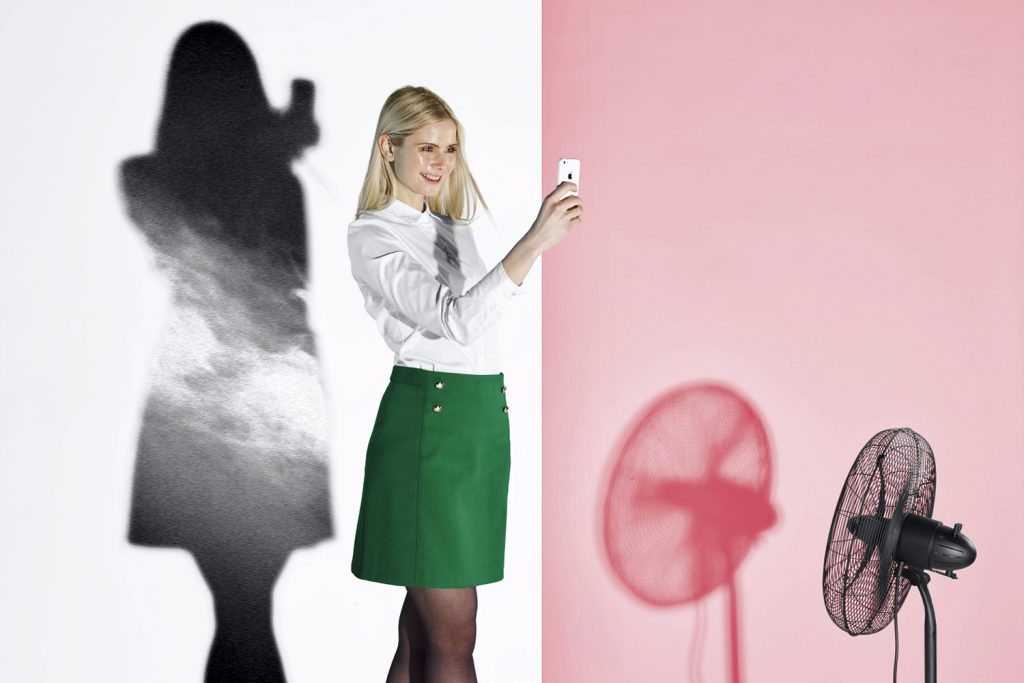
Perhaps one of the conditions for creating an emotional trigger is this idea of permission. Rather than seeing a photo as a vehicle for generating status, could we give people permission to think of it as an opportunity to communicate something positive or start a conversation?
“When we design an experience, we give people permission to experience something.”
Arthur Zards
Zards wondered if you could play with Seligman’s six collections – beauty, hope, gratitude, happy, connections and humor – by gamifying them. You could ask people to pick a selection of vacation photos tied to these categories, and then give someone else the set and ask them to guess what makes that person happy. This might make us more empathetic and more imaginative as we try to imagine that person’s story.
As Dr Licia Calvi commented in Campfire 31 & 32: Who’s The Hero?:
“Empathy is the most crucial element in a story, because empathy is what allows people to feel narrative transportation: to be drawn into the story, forget about what’s around you, get into a flow state and become part of the story itself.”
Dr Licia Calvi
Seligman’s experience has shown that small things like photography have the power to generate empathy. When asked to speak to students in Ukraine, she wondered what she could possibly say to them – but when she listened to their questions and realised they were about small things like how to get to sleep at night, or how to deal with annoying people around them, she realised she could offer something valuable.
“Small pieces can add up and improve the way we engage with the world.”
Mandy Seligman
Widening our perspectives in this way can not only make us more empathetic, it can make our lives richer.
“When I see a variety of images from around the world, I realise there are 1,000 ways to be engaged, have a relationship, earn a living, etc. My resolution is always to become more perceptive, because once this happens everything is tenfold in meaning, we can connect to people more, and life becomes richer.”
Mike Gunawan
This is reminiscent of the idea of “the full life” within the wellbeing community: that by perceiving the world in all its different examples, we know how much more is out there to experience. As Maslow set out in his hierarchy of needs, self-actualisation is about becoming “fully alive”. More perspectives make us more perceptive; therefore we feel more fully alive, and have a richer life.
Tools For Influencing Perception
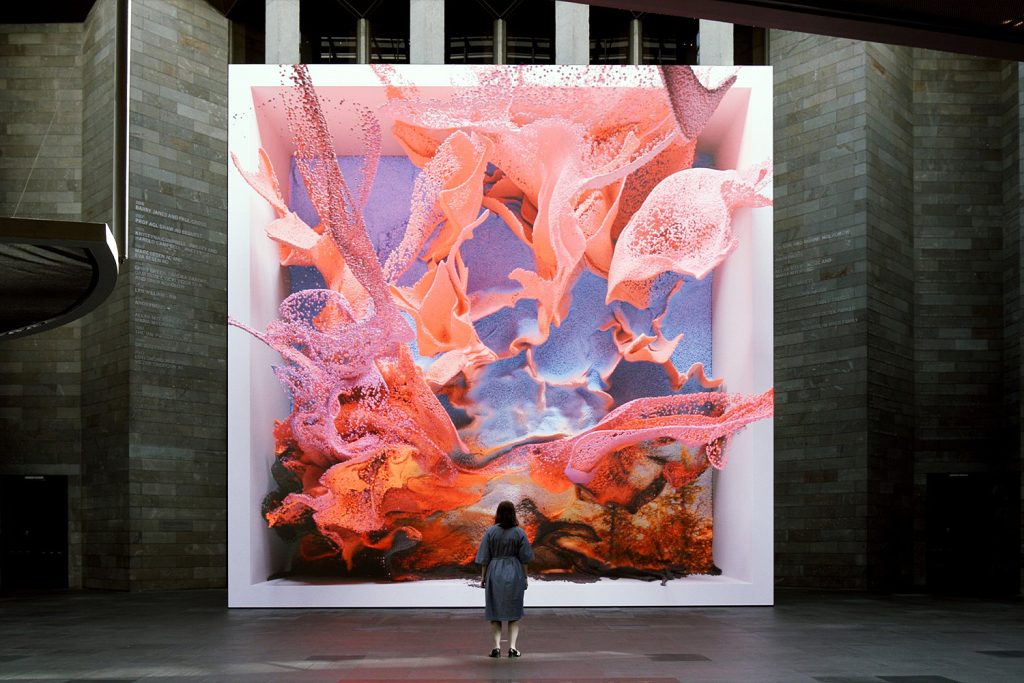
Perhaps we can also widen our perspectives by playing with the senses and technology to influence the way people perceive photography.
“Having a visual diary of your happiness sounds like an awesome tool for visual people, but what about people who receive information in other ways? Should they use different tools for their way of perception?”
Natalia Skibenko
Seligman is already experimenting with incorporating other things, like poetry, into Seeing Happy. Meanwhile, Janice Cardinale has worked with artists who use photography alongside immersive imagery and music to connect to younger generations, such as Refik Anadol and Shane 3D.
“We’re looking at one of the senses triggering things, but other senses can do it too – and they also mean different things to different people.”
James Wallman
We might not be able to nudge people to be explicitly happy – but perhaps by using the camera as a starting tool, we can nudge them to be more curious, explorative and find a sense of awe and wonder in the world. Roger Irwin was intrigued by the idea of using AR alongside cameras to change people’s experience of an environment, the way that NFT shows at Art Basel or Meow Wolf’s immersive art installations do.
“Taking camera footage and reimagining it could be a way to inspire people. Take a sensory garden, for example – if there was a room before that used AR and cameras to show nature in a fantastical way that awakened your senses and curiosity before engaging, that could act like an appetiser for the experience itself.”
Roger Irwin
The WXO Take-Out
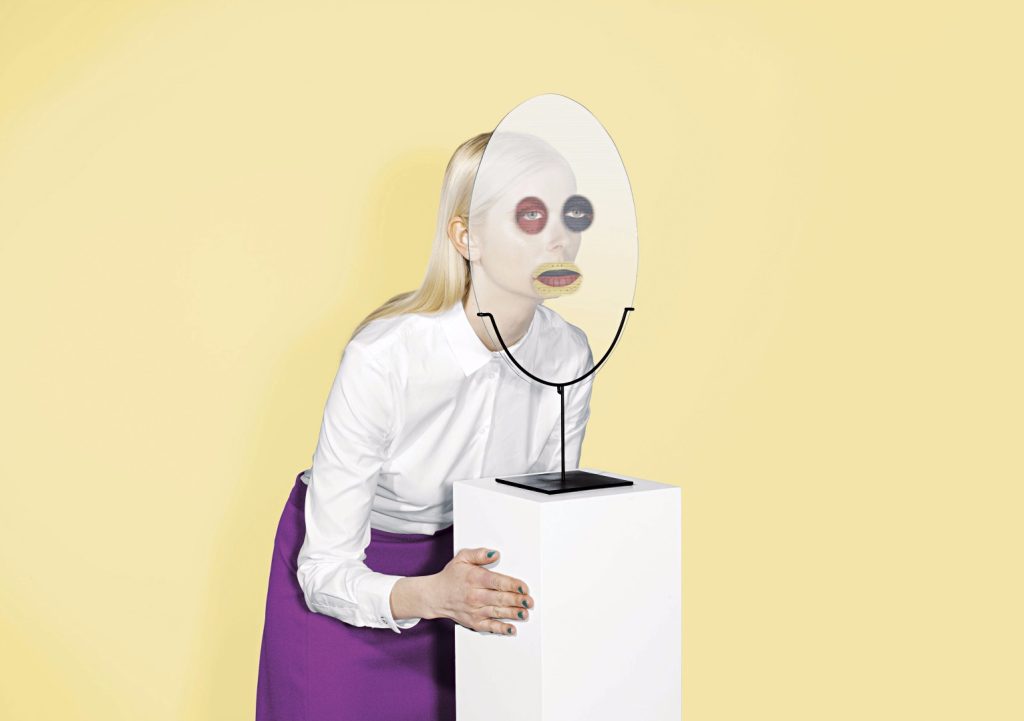
Bragging rights and conspicuous consumption remain a problem. Although social media has flipped what we value on its head, as experiences are much more powerful signifiers of status than material objects, it’s still a monster that we have to wrestle to control.
However, if we can do this, social media photography can not only be a powerful marketing tool, but also something that makes people happier. The tools Seligman is beginning to set out can help increase people’s perspectives, improve their perception, and lead to them feeling more fully alive.
So next time you’re designing an experience, ask yourself:
- Think of Seligman’s six collections. Are any of these emotions relevant at points in your experience where people take photos?
- How could you change the design of your experience to nudge people to change the kind of pictures they take?
- How could the pictures they take move from supporting status to supporting the conditions of positive psychology?
Want to be part of the most inspiring experience conversations in the world? Apply to become a member of the World Experience Organization here – to come to Campfires, become a better experience designer, and be listed in the WXO Black Book.

